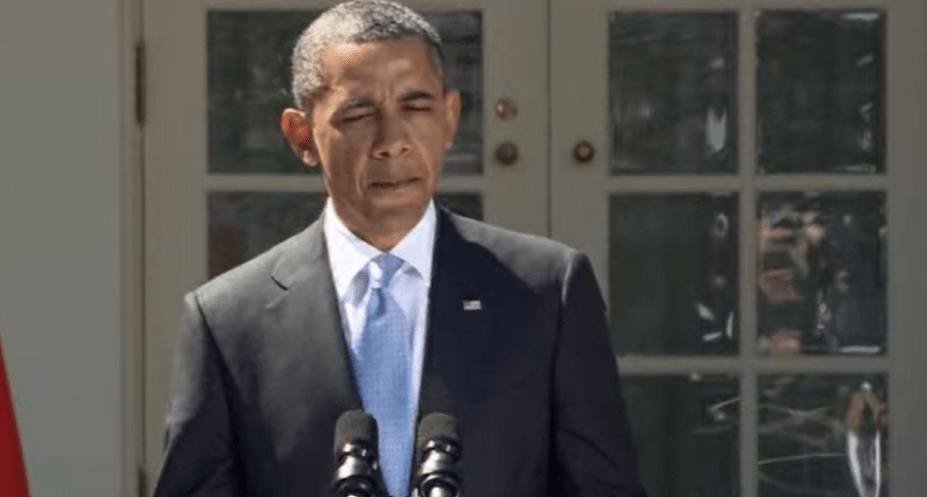Under Barack Obama, health legislation became a lifeline rather than just a piece of legislation. The Affordable Care Act, commonly known as Obamacare, was passed in 2010 and established itself in a disjointed system that left too many people behind. Insurance companies held a startling amount of power prior to the development of this policy. Because of their pre-existing conditions, they might turn away cancer survivors. If someone checked the incorrect box on a form, they might stop providing care in the middle of treatment. Millions suffered greatly as a result of the game’s rigging.
Obama changed the pace of American healthcare by signing the Affordable Care Act. It seemed like a machine that had been stuck in reverse had been recalibrated. All of a sudden, over 40 million people could get care. Medicaid was extended in 40 states. Government subsidies provided financial relief to families, and young adults who were frequently on the verge of coverage could remain on their parents’ plans until they turned 26. In addition to being timely, these modifications significantly increased access across demographic and class divides.
Barack Obama – Personal and Professional Information
| Attribute | Details |
|---|---|
| Full Name | Barack Hussein Obama II |
| Date of Birth | August 4, 1961 |
| Birthplace | Honolulu, Hawaii, U.S. |
| Education | Columbia University (BA), Harvard Law School (JD) |
| Profession | Attorney, Professor, Politician |
| Political Affiliation | Democratic Party |
| Presidency | 44th President of the United States (2009–2017) |
| Major Legislation | Affordable Care Act, Dodd-Frank Act, 21st Century Cures Act |
| Known For | Health Care Reform, Economic Recovery Act, Climate Change Policy |
| Reference | Affordable Care Act – Wikipedia |
The Affordable Care Act has not only survived but also developed over the last fifteen years. Its essential elements are still in place in spite of legal challenges, political conflicts, and unrelenting opposition. One explanation for that? The advantages are very individual. It is more than just a statistic when a patient enters a clinic and receives preventive care, such as a flu shot or a cancer screening, without having to pay for it. It’s safety. It’s independence. It is the right to be treated with respect, irrespective of one’s financial situation or other circumstances.
The structure of the reforms Obama brought about was especially novel. For example, the 80/20 rule. In lieu of executive perks or ostentatious marketing, this measure mandated that insurance companies spend at least 80% of premium dollars on patient care. They owed customers a refund if they didn’t live up to that standard. Nearly $2 billion in rebates have been given to Americans since the program’s implementation. Previously unthinkable, that level of accountability restored a positive sense of justice to the discussion.
The ACA addressed previously disregarded topics like addiction and mental health through strategic reorganization. Obama expedited medical research and increased funding for behavioral health care in 2016 by signing the 21st Century Cures Act. The law did more than simply fix problems; it created a framework for future innovations, especially in fields that had long been underfunded and misunderstood.
Preventive services were another significant development. The Affordable Care Act (ACA) changed the way Americans thought about health by doing away with the need to pay for wellness visits and necessary screenings. It promoted a culture of early detection and continuous wellness as opposed to reactively treating illness. These provisions helped more than 137 million people, which in turn led to a significant decrease in the costs of long-term treatment.
Obama oversaw the transformation of Medicare as well. Through stricter regulations and improved technology, fraud prevention efforts were able to recover over $3.3 billion in taxpayer funds in a single fiscal year. That is a lesson in effective governance, not just effective policy. Retirement communities nationwide felt the relief of significant prescription drug cost reductions and free wellness visits for seniors.
Obama’s team also contributed to the mainstreaming of health literacy by working with public platforms. Despite its early shortcomings, the introduction of HealthCare.gov opened a digital door for millions of people. In the background, a cultural change was subtly occurring. Celebrities such as Kerry Washington and Lady Gaga openly discussed coverage on their platforms. Their support felt grounded in shared values and the belief that care shouldn’t be conditional, rather than performative.
The ACA continues to be a historic effort to level the playing field in the face of systemic inequality. Poor families frequently put off care before it was passed out of fear of financial ruin. More Americans can now take care of their health needs early—before conditions worsen into crises—thanks to Medicaid expansion and income-based subsidies. Communities of color and rural residents, who previously had difficulty accessing even the most basic services, have benefited greatly from that preventative approach.
Additionally, the ACA compelled changes in the insurance sector. Businesses could no longer cherry-pick clients or hide behind jargon. They needed to compete on transparency, value, and price. The outcome? Plans became easier. Public justification was needed for premium increases. Customers could now shop with some degree of assurance, which is remarkably similar to comparing flights or hotels online, but with potentially life-altering consequences.
The way this law changed expectations is one frequently disregarded feature. Americans started to view health care as a right rather than a luxury. That change was both political and cultural. From Cory Booker to Alexandria Ocasio-Cortez, it inspired a new generation of lawmakers to run on even more comprehensive platforms. The debate was not ended by the ACA; rather, it was sparked by those who feel that compassion should be reflected in policy.
Many of the ACA’s safeguards were crucial during the pandemic. The system established under Obama’s leadership benefited telehealth expansion, coverage continuity, and free testing access. Although no one wanted to undergo the stress test, the results demonstrated durability. The structure remained intact. That is deliberate design addressing a crisis in real time, not chance.
Data by itself is unable to convey this emotional dimension. Ask a parent whose child’s asthma medication was finally affordable. Speak with a young adult who was screened early and whose illness was discovered before it progressed. These tales, told in waiting rooms and at dinner tables, are more powerful than any budget forecast could ever be.







